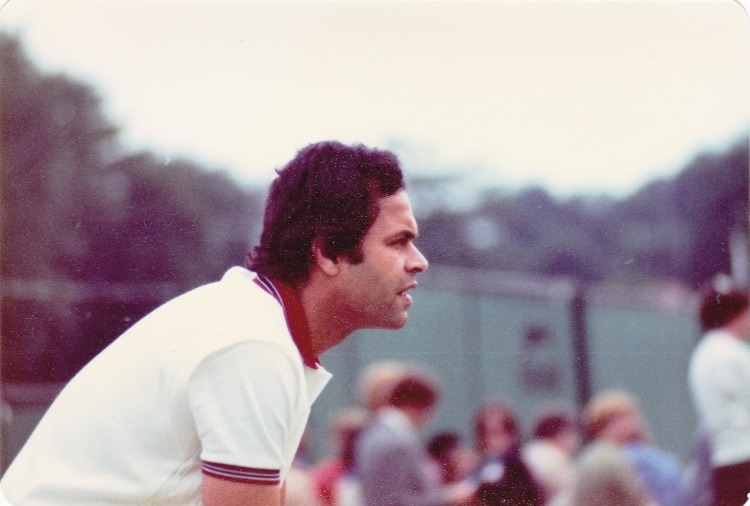Tennis is undoubtedly one of the most fun sports to watch and play as it has garnered big popularity worldwide. Superb athletes from all over the world have competed on professional tours (ATP for men and WTA for women), and guess what? Arabs have traditionally been part of these rankings. For example, Tunisia’s Ons Jabeur just recently broke into the WTA’s top-five ranking back in June. Additionally, this time, let’s find more Middle Eastern tennis players who broke into the top-100 rankings and brought honor to their nations!
Ismail El Shafei, Egypt
Esmail El Shafei, an Egyptian who went pro in 1968, was one of just four players in Wimbledon history to defeat tennis great Bjorn Borg. In 1974, he defeated the legendary Swede to go to the championship’s quarterfinals. In 1975, the Egyptian left-hander reached a peak of No. 34 in the world. In 1964, he also won the Wimbledon junior championship! El Shafei retired in 1983 after a remarkable career that would live on in the minds of tennis fans forever. He is currently 74 years old, and even after ending his career, he has pushed Arab nations to organize more tournaments in an effort to develop and produce more accomplished tennis players in the region.
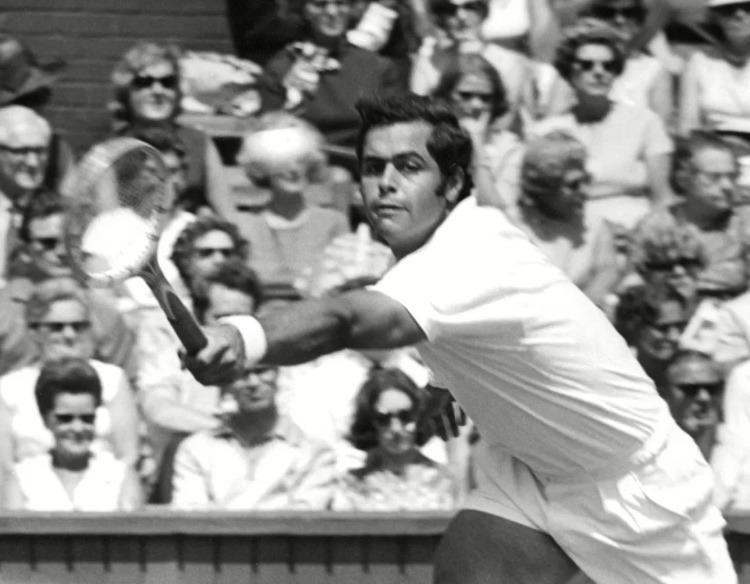
Malek Jaziri, Tunisia
At the age of 28, Jaziri (38 years now) made his first appearance in the top 100 back in 2012. He entered the top 50 for the first time in Oct. 2019 and is currently a consistent performer in the top 100. The highest ranking in his career is 47. In 2015 and 2017, Jaziri made it to the third round of the Australian Open twice and advanced to the second round of all three other Grand Slams. Additionally, Jaziri has been a member of Tunisia’s Davis Cup squad since 2000 and represented Tunisia at the 2012 Summer Olympics in London.

Hicham Arazi, Morocco
Due to his exceptional talent, Arazi received various nicknames on the court, the most well-known of which is “The Moroccan Magician.” In 1997, he won his only ATP championship in Casablanca and in November 2001, he attained a career-high rating of 22 and advanced to the Monte Carlo (Masters Series) final. Arazi defeated a number of World No. 1 players and Grand Slam champions, from Roger Federer to Andre Agassi, despite only having won one singles title in his career. The left-handed Moroccan retired from tennis in 2007 after reaching four Grand Slam quarterfinals (two in Melbourne and two in Paris).
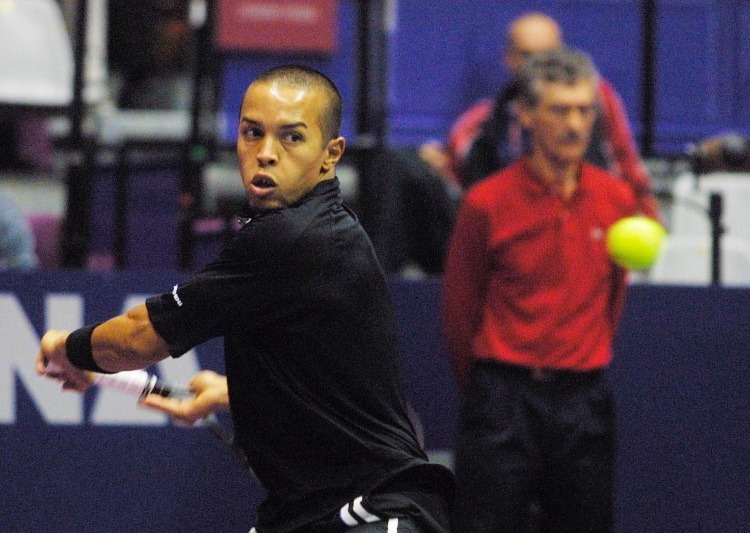
Selima Sfar, Tunisia
Prior to Ons Jabeur breaking her record, Sfar was the first Arab woman tennis player to ever enter the top 100, reaching a career-high of 75 on July 16, 2001. Sfar was a pioneer in Tunisia who, by going pro in 1999, paved the path for coming generations. She participated in two Summer Olympics, won 11 singles competitions, and 20 doubles tournaments, and retired in 2011. She still serves as a source of inspiration for many Middle Eastern women who play tennis as she became the first to enter the top 100!
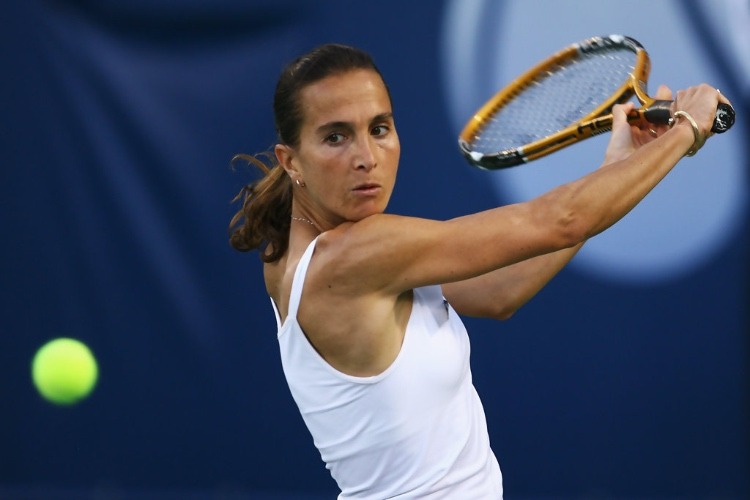
Younes El Aynaoui, Morocco
El Aynaoui, regarded as one of the greatest Arab players of all time, achieved a career-high world ranking of No. 14 in 2003. As a result, he unquestionably became the greatest Arab tennis player in history, and Moroccan king Mohammad VI presented him with a gold medal in appreciation of his athletic accomplishments. The longest match of Al Aynaoui’s career, which lasted 83 games, took place against America’s Andy Roddick in 2003 at the Australian Open. The match lasted a remarkable five hours and featured the longest fifth set in Grand Slam history at the time. Given the fact that he was 31, whereas Roddick was 20, Al Aynaoui’s stamina was something else!
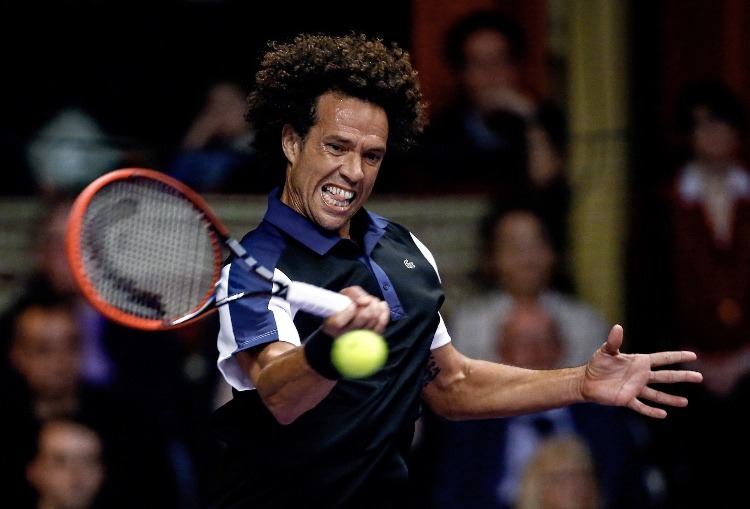
Now you know it all! Arab athletes have always been included in the professional rankings, and right now more than ever, we are dominating thanks to players like Ons Jabeur who are striving to become the best in the world.


